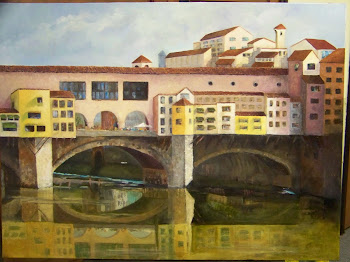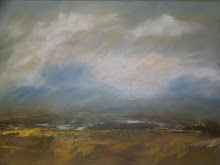Today, after I returned home from visiting my Mom, I fixed a Bailey’s and coffee, grabbed a few sugar cookies, put my feet up and watched one of my favorite movies.I had a completely, totally, absolutely relaxing afternoon, finally.
The movie was one of my very favorites, Something’s Gotta Give. Even though I have seen it a dozen times, I watched it again. Not only is it fun and entertaining with a great soundtrack, I love the cast, I love the story, I love the locations and I love the humor. Spending the afternoon with Jack Nicholson and Diane Keaton, Frances McDormand (and the Bailey’s) was just what I needed! The beautiful beach in the Hamptons made the snow outside my window seem not so cold and difficult. And the house on the beach was a dream. It was all shades of white, with a blue and creamy white striped rug, and magnificent paintings! I bet I could write a much better blog if I had a desk in my bedroom overlooking the white sand beach just like Diane’s. .............Diane Keaton did solve one of my dilemmas.... it has to do with sleeping alone in a bed made for two.
I mentioned our snow....first we had rain, then about 3 inches of snow that was whipped into deep drifts by 40 mile an hour winds. I don’t mind snow as long as I can get the car out of the garage and it doesn’t interfere with my schedule. But this morning Zeus the Moose and I went out for a walk....that changed my idea of snow. We made it across the street and suddenly Zeus was up to his chin in a drift. Did he bound out of the cold white stuff? Did he leap with joy across the neighborhood? No.....he burrowed down and proceeded to cry....more like a whimper. Poor little guy, he had snow and ice packed around the little pads of his feet. His little paws were freezing! He had had enough of the White Christmas thing. I carried him home.
It looks like Mom will not be joining the family for our annual Christmas Eve celebration at Tom and Vicki’s house. As a matter of fact, Mom has already stated she is not going to be there. We will miss her terribly. Mom taught us all how to have a perfect Christmas. She and Dad made sure that Ann, Tom and I had fairytale holidays as children and continued to perform the same Christmas miracles with her 8 grandchildren and then her 15 great grandchildren. The little lady has always been amazing. We will all take turns visiting her, a few at a time. Hopefully we can give her a memorable Christmas.
I wish all of you a Merry Christmas. Be safe, be happy. I shall return with the New Year.
Buon Natale!





